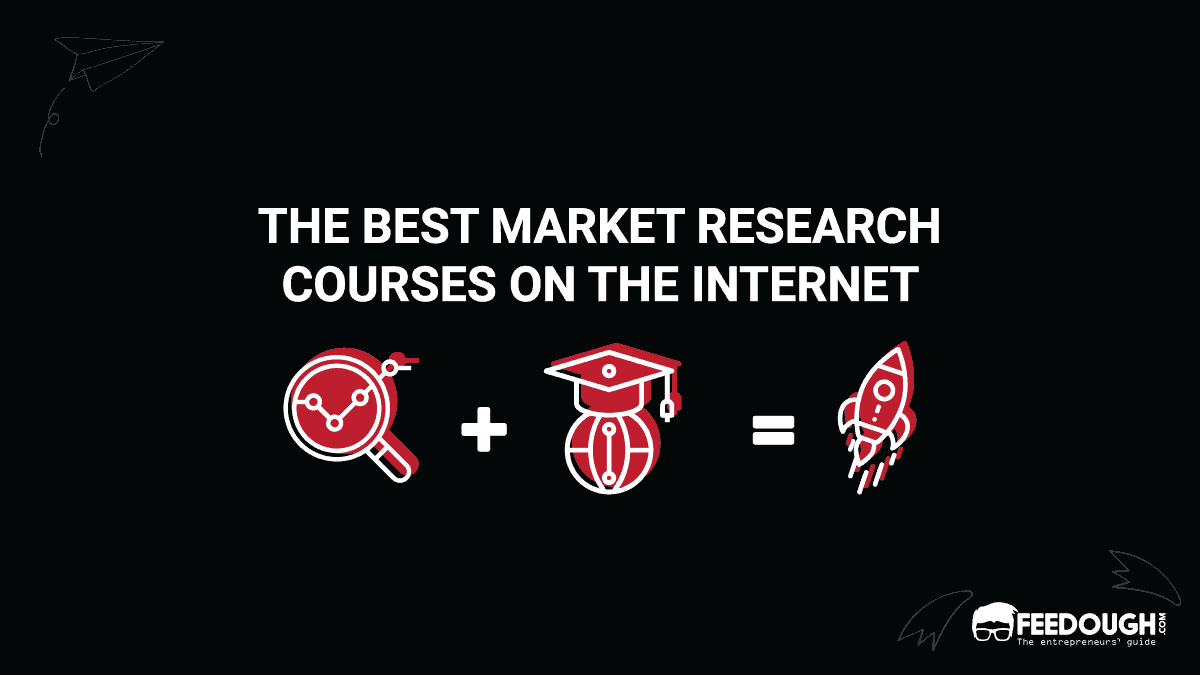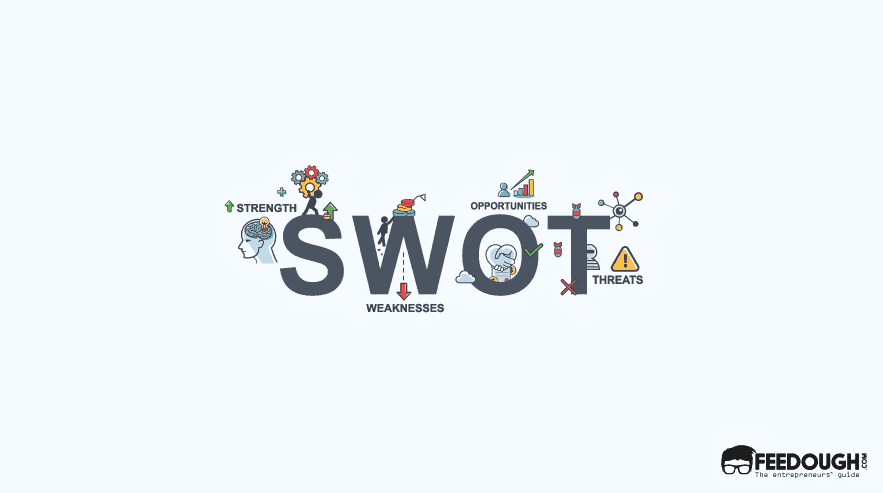Marketing without market analysis is like driving with your eyes closed!
Whether you want to start a new venture or want to make changes to the existing one, the first and foremost step would be getting well acquainted with the ever-changing surrounding market scenarios. This requires a quantitative and qualitative assessment of the market or what, in technical terms, is known as market analysis.
What is Market Analysis?
Market analysis is the qualitative and quantitative assessment of the current market.
It is the study of the changing dynamism of various factors that affect the market’s growth. Analysing the market allows a business to fully understand the behaviour of a market to develop a proper business plan that caters to the present needs.
Market analysis can provide valuable insights into a specific market and help you develop strategies accordingly. It also helps you better understand your customers’ needs and provides you with a well-rounded picture of the market in which you will eventually operate.
How To Do Market Analysis?
All said and done, conducting market analysis takes time and research. It is not something that can be achieved overnight. To guide you through your market- assessment journey, here are some of the steps given below:
Identify the Purpose of Analysis
Before beginning market analysis, you first need to find out whether the analysis if for internal or external purposes. Internal purposes are improving cash flows or business operations and external purposes include convincing lenders to give you a business loan. The kind of research varies accordingly with the purpose. So, make sure whether your study will be internal, external or both.
Analyse The Industry
Industry analysis gives an idea about the industry size, growth rate, trends, and other intricacies of the industry in which you operate.
Market Size
Calculating the total and achievable market size will help you set realistic goals and design a viable business plan.
TAM SAM SOM is calculated to understand the market size better –
- TAM is 100% of the market. It is the total number of fish in the sea.
- SAM is the % of TAM within the business’s operable territory. It is the total number of fish within the casting range of the dock you fish from.
- SOM is the percentage of SAM the business can realistically achieve in the short-to-medium term. It is the number of fish you can reasonably catch, considering the amount of time, energy, and baits (resources) you can allocate to fishing.
Growth Rate of the Market
Before investing, you need to analyse a market’s growth rate. This will give you an idea of how long that particular market will last, and accordingly, you can decide the amount of investment you would like to make in that market.
This is usually calculated by subtracting the market size for year one from the market size for year two. The result is then divided by the market size for year one and multiplied by 100 to convert it to a percentage.
Industry Trends
Market trends help you determine the direction of the wave in which the market moves. Knowing the latest trends helps you to decide what kind of product you should sell. You should focus on grabbing customer attention by introducing the products they want to buy and spend their money on. Market trends can change any day. That is why you must keep an eye on them to conduct a successful market analysis.
Industry Profitability
Before starting a business, you need to analyze the profitability of the market. If the market is highly profitable, you should invest in it; otherwise, it would be a waste of time and capital. Things like buyer power, supplier power, barriers to entry, etc., have to be considered to calculate a market’s profitability.
Analyse The Target Customer
Not everyone is your potential customer, and that’s completely fine! When you analyse a market, you must determine who your customers are. To do this, you need to develop a customer persona and understand his –
- Demographics: Your customer’s typical age, gender, education, income, etc.
- Location: Where does your target customer live?
- Psychographics: What do your customers count as their needs, wants, desires, likes, and dislikes? What’s their personality?
- Behaviours: How do they react to certain stimuli? How do they shop?
This process is called target audience analysis. As your business grows, your potential customers may change. Therefore, you need to revisit your target market from time to time to make sure they still fit your business.
Do A Competitor Analysis
Once the market and the customer are analysed, the next step is to analyse the existing players in the market and the business strategies they use. Doing this results in the identification of opportunities and threats that need to be taken care of.
Competitor analysis is important to understand how the existing market operates and how potential customers rate the competition. This competition is often divided into three types –
- Direct Competitors: Competitors which cater to the same customers, address the same problem, and provide the same solution as you.
- Secondary Competition: Competitors which cater to different customer segments but address the same problem and provide the same solution as you.
- Indirect Competitors: Competitors cater to the same customer segment and address the same problem but provide a different solution.
Once you’ve identified the competition, use perceptual maps, market charts, etc. to define their share and position, as well as the position that you can occupy in the market.
Conduct a SWOT Analysis
A SWOT analysis helps you determine your business’s strengths, weaknesses, opportunities, and threats. Use it to establish goals for your business and do this at regular intervals.
In fact, you should conduct a SWOT analysis not only for your business but for your competitor’s business too. This will help you identify what their business has that yours lacks. Accordingly, you can determine your current market position and predict what your position might be in the future.
Forecast The Opportunities
Don’t just box up your analysis and pack it away for “later.” Do not waste all the extensive research. The last and most important step is to take action and use your market analysis to achieve the results you were looking for.
Importance of Market Analysis
Market Analysis is essential because it allows you to uncover opportunities within a market, know what your customers think of your product, and improve your communication with them. While there are many reasons why a market analysis is necessary, let’s focus on the top three:
It Puts Customers First
Theodore Levitt once said, “People don’t want to buy a quarter-inch drill; they want a quarter-inch hole.” Once you realize the reason customers are hiring your services, you will be able to identify your real competitors! Market Analysis allows you to modify your services according to your customers’ needs after clearly identifying your competitors.
It Makes Companies to Look Inward
It is quite difficult to critically examine your product or service, given the amount of time and money you have invested in it. Market analysis forces companies to look inward with an objective perspective. It forces companies to consider how their product makes their customers feel and why they would want to buy it.
It Helps You Determine Your Unique Selling Proposition (USP)
Your USP is that feature of your product or service that differentiates it from similar products. Market analysis helps you determine your USP, which is crucial for building a sustainable business model.
Bottom-Line?
When you conduct market analysis, you discover a lot of things. You get to know your present customers and who can be the prospective ones. You learn where you are spending your time and money and what worth is it adding to your business. Also, you can do some major sleuthing on your competitors. Moreover, and most importantly, you learn about your flaws and find solutions to fix them. Market analysis is learning the most about the market and then using that knowledge to your advantage therefore, your analysis should be thorough, clear and comprehensive.
A keen researcher of marketing, social entrepreneurship trends, and literature. Anannya is an experienced startup writer, business developer, and digital marketer.









